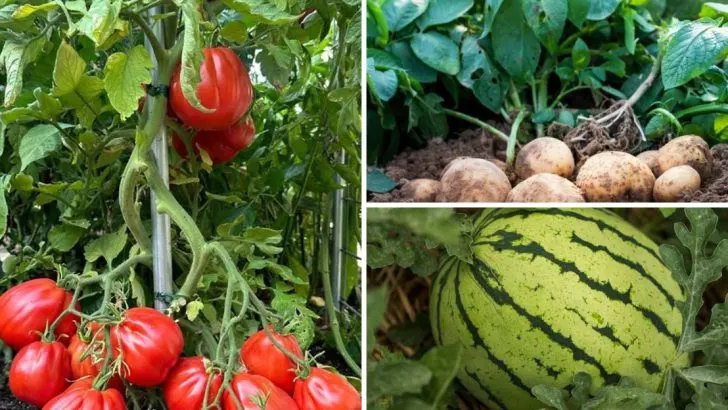Cucumbers are a beloved garden staple, known for their crisp texture and refreshing taste. However, successfully growing cucumbers requires more than just sun and water – it’s also essential to be mindful of their neighbors. Some plants can hinder cucumber growth, attract pests, or compete for nutrients, leading to stunted vines and reduced yields.
Understanding which plants to avoid planting near cucumbers can help your garden thrive. In this guide, we’ll explore 11 plants that may harm your cucumbers when planted nearby, offering insights into why these combinations can be problematic and how to create a more harmonious garden layout. Protect your cucumbers by making smarter companion planting choices!
Tomatoes
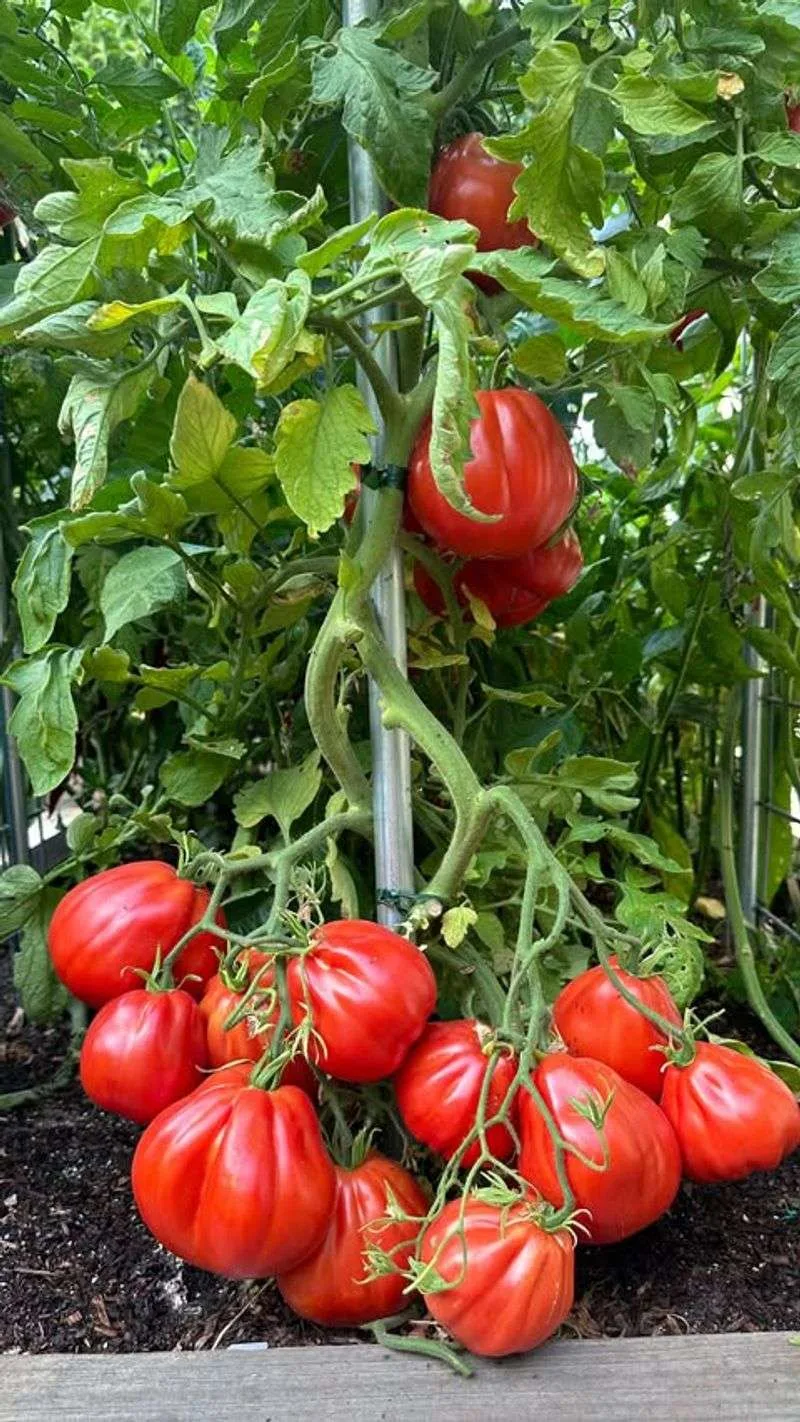
Tomatoes, despite being a garden staple, can be detrimental to cucumbers. Their similar nutrient requirements can lead to competition, depriving cucumbers of essential resources. This rivalry often results in stunted growth and lower yields for both plants. Moreover, both are prone to similar diseases like blight, which can spread rapidly when they’re grown in close proximity. To maintain a healthy balance, it’s wise to separate these two popular plants. Opt for planting them in different parts of your garden to ensure both have the best chance to flourish without hampering each other’s growth.
Potatoes
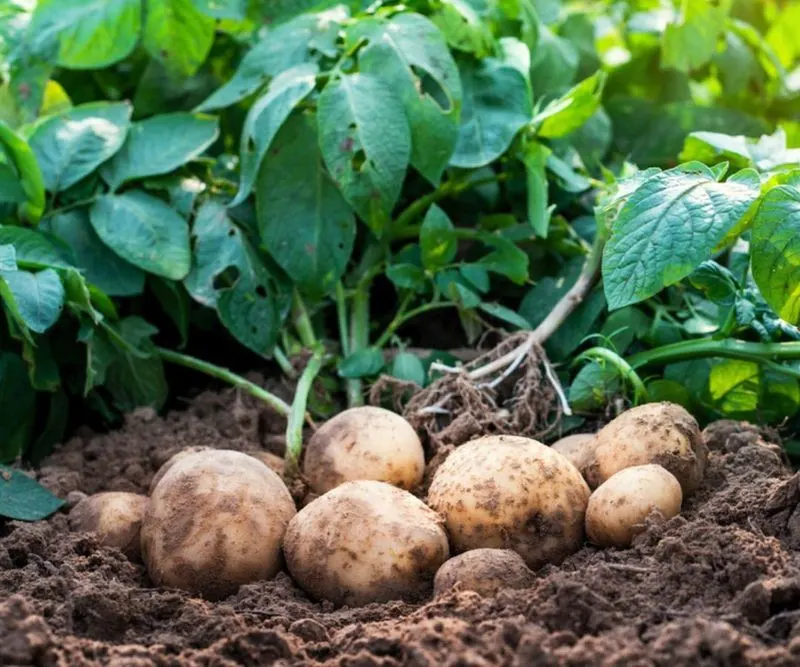
Potatoes and cucumbers may both enjoy the garden’s rich soil, but they don’t make good neighbors. The primary issue lies in their shared susceptibility to similar pests, which can quickly infest both plants. Furthermore, potatoes can emit a substance that inhibits cucumber growth, making them a less-than-ideal companion. Planting them together often results in cucumbers struggling to reach their full potential. To avoid these issues, consider positioning these plants far apart in your garden layout. This separation helps to reduce pest transfer and allows each plant to thrive independently.
Sage
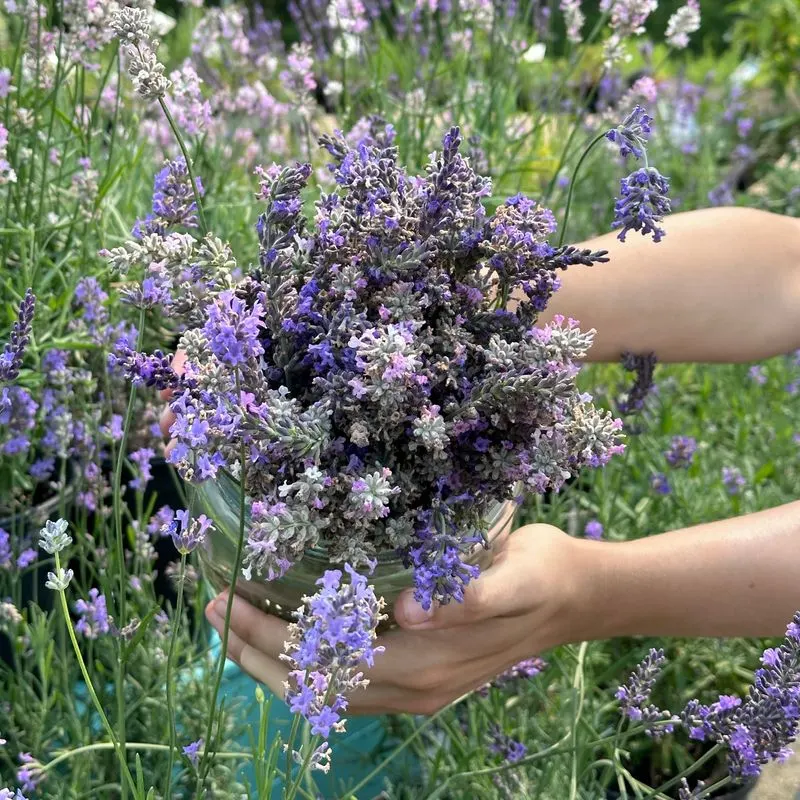
Though sage is known for its aromatic leaves, it can overshadow cucumbers when planted too closely. The strong aroma of sage can interfere with the delicate scent signals cucumbers use to attract pollinators. Additionally, sage’s dense growth can hog sunlight and nutrients, leaving cucumbers in the shade. This can lead to poor cucumber growth and reduced fruit production. For a harmonious garden, it’s best to keep aromatic herbs like sage at a distance from your cucumbers. By doing so, you’ll promote better pollination and healthier cucumber vines.
Melons
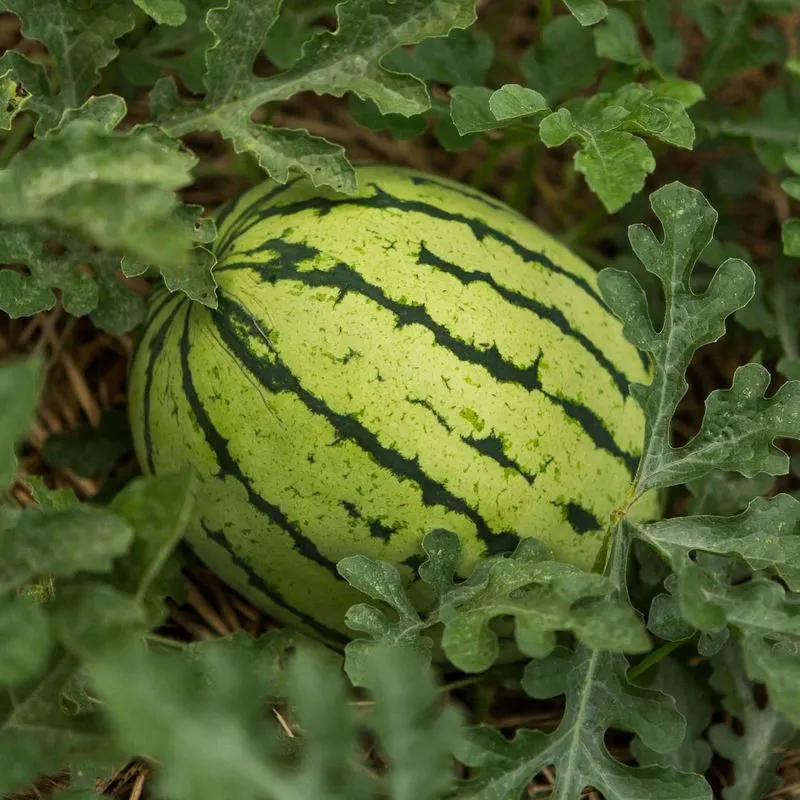
Melons and cucumbers might seem like a natural pair, but they often compete for the same resources. Their similar vining nature means they can easily intertwine, leading to tangled growth and difficulty in harvesting. Both plants demand ample sunlight, water, and nutrients, which can cause stress when planted together. This competition often results in smaller fruits and decreased yields. To ensure both melons and cucumbers thrive, consider planting them separately. Providing each with enough space and resources will lead to a more successful and manageable harvest for both crops.
Fennel
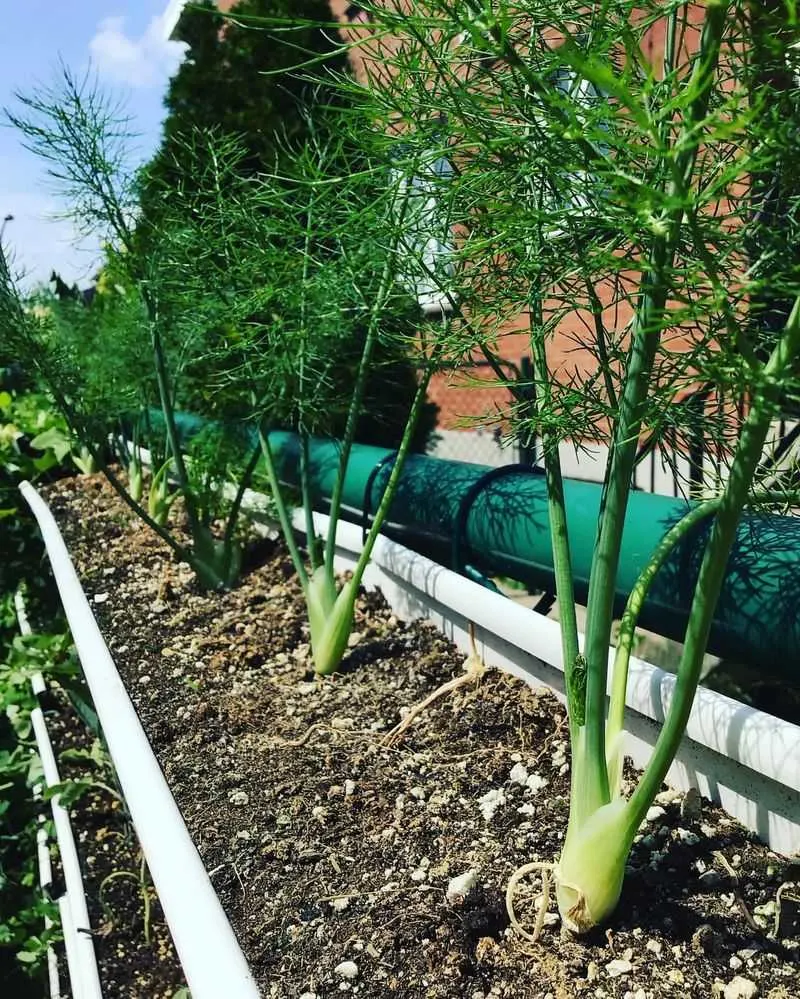
Fennel is notorious for being a poor companion to many plants, including cucumbers. Its allelopathic properties release chemicals that can inhibit the growth of nearby plants. This makes it particularly troublesome for cucumbers, which may experience stunted growth and reduced yields when grown alongside fennel. The shadow cast by tall fennel plants can also limit the amount of sunlight cucumbers receive. To avoid these negative impacts, it’s best to plant fennel in a separate area of your garden. This will allow your cucumbers to grow without hindrance and reach their full potential.
Radish
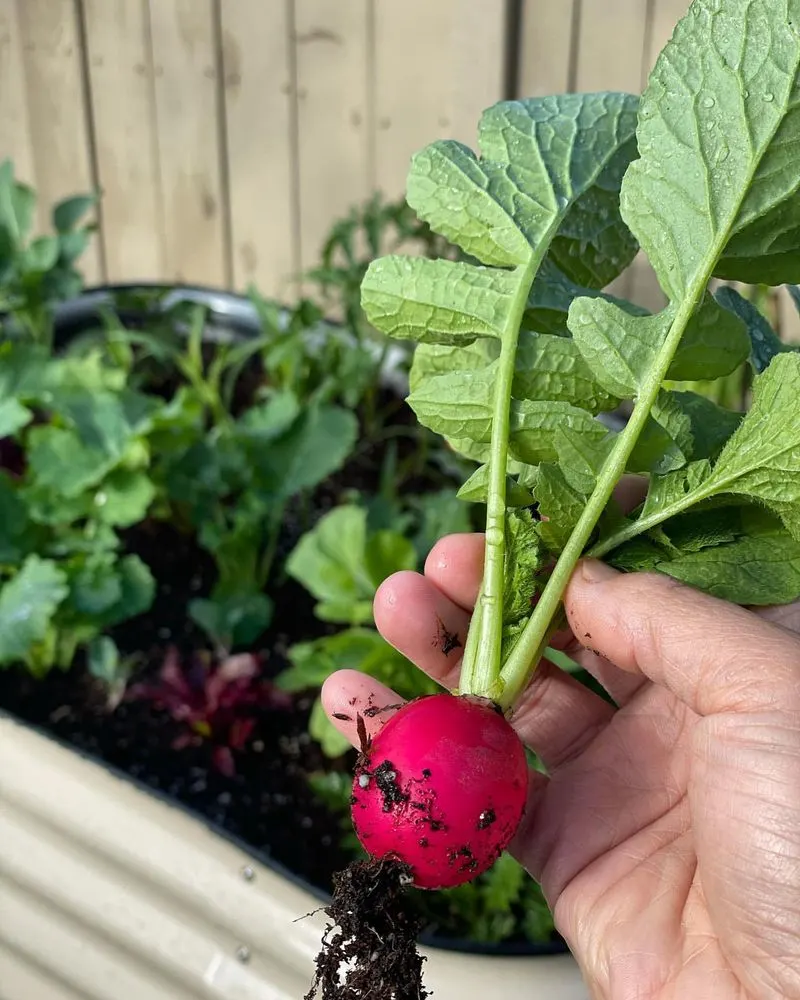
Radishes, while seemingly harmless, can pose challenges when planted near cucumbers. The issue often arises from their rapid growth and tendency to hog soil nutrients. This can leave cucumbers struggling to access the resources they need to thrive. Additionally, radishes can attract pests like aphids, which may then move on to cucumbers. Despite their small size, radishes can create a big problem for cucumbers if planted too closely. To mitigate these issues, consider spacing out radish plantings or placing them in a designated area away from cucumber vines in your garden.
Corn
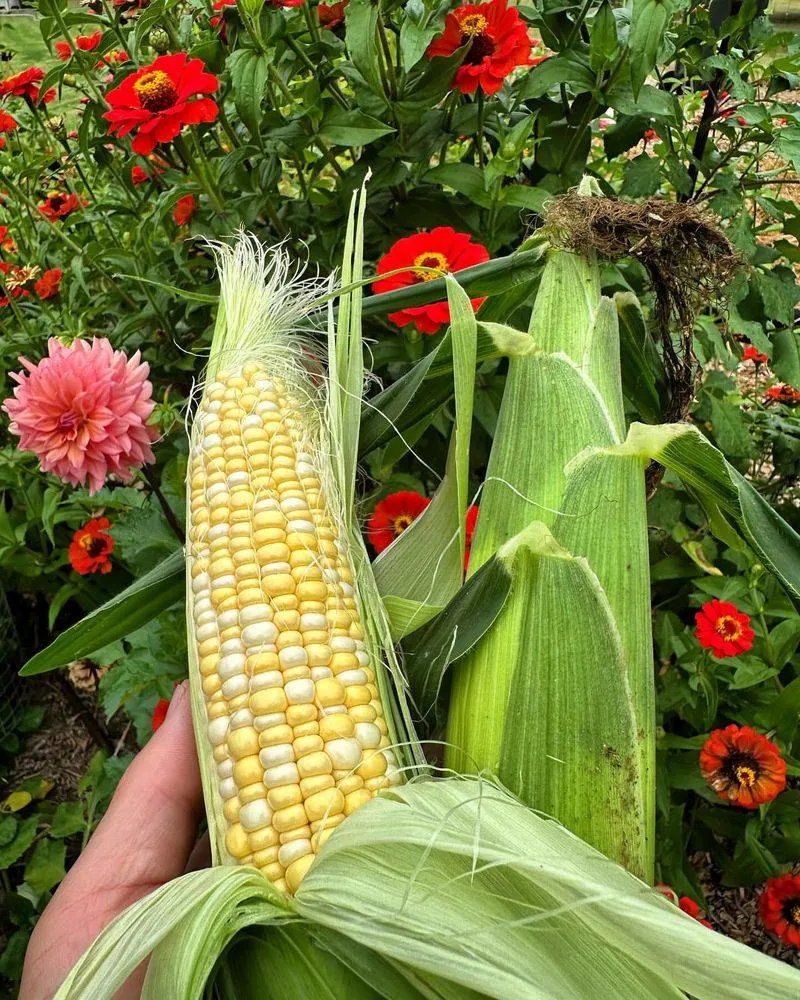
Corn’s towering presence can overshadow cucumbers, creating undesirable growing conditions. The shade cast by corn stalks can deprive cucumbers of the sunlight they need, hindering their growth. Moreover, corn roots can aggressively compete for nutrients, leaving cucumbers with less to thrive on. This competition can result in less vigorous cucumber plants and a reduced harvest. To foster a more productive garden environment, consider planting corn and cucumbers in separate areas. This separation ensures each plant receives adequate sunlight and nutrients, allowing them both to grow robustly without interference.
Sunflowers
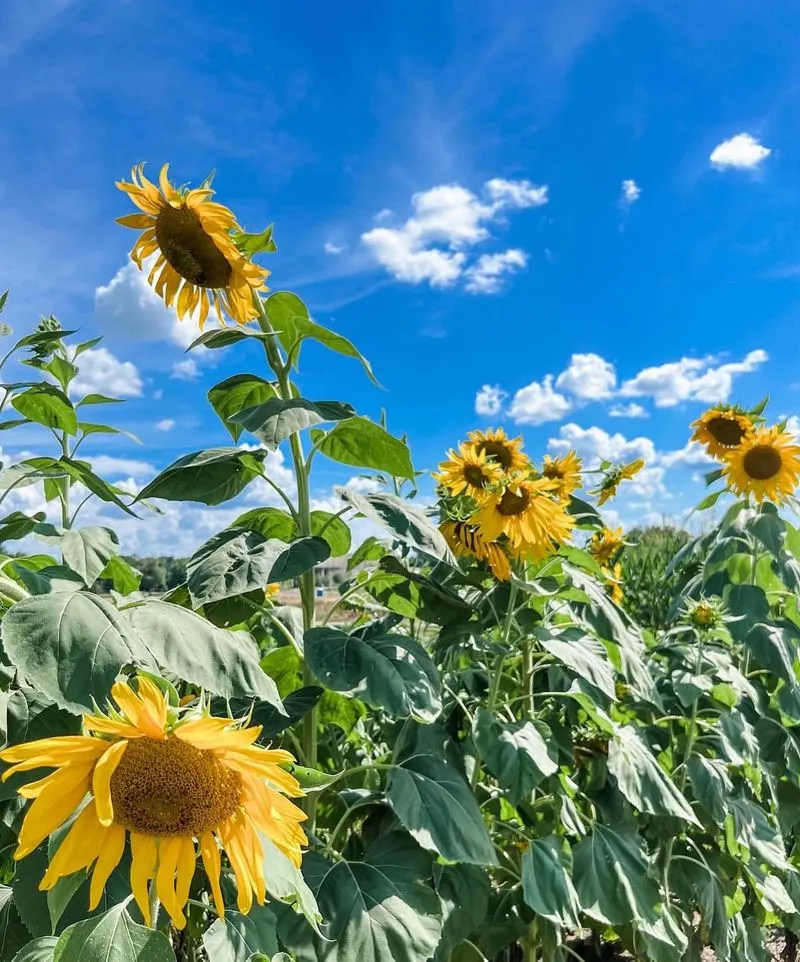
Sunflowers, with their striking appearance, can inadvertently become a hindrance to cucumbers. Their towering height and large leaves can block sunlight, creating too much shade for cucumber plants below. This lack of sunlight can limit photosynthesis, crucial for cucumber growth, resulting in weaker plants. Furthermore, sunflowers can deplete soil nutrients, leaving little for cucumbers. To prevent these issues, it’s advisable to plant sunflowers in a separate section of your garden. This way, cucumbers can enjoy ample sunlight and resources, promoting healthier growth and a more bountiful harvest.
Rosemary
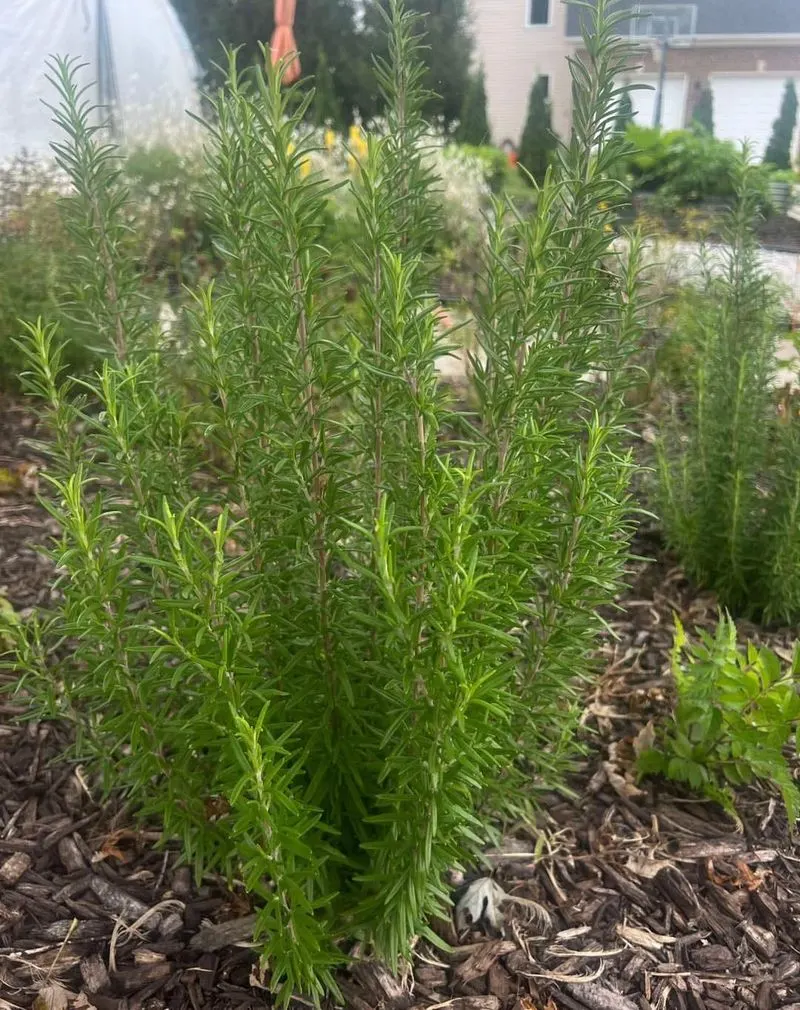
Rosemary’s robust nature and woody stems can spell trouble for cucumbers when planted nearby. Known for its strong, aromatic leaves, rosemary can interfere with the scents that attract cucumber pollinators. Its dense growth habit can crowd out cucumbers, limiting their access to sunlight and soil nutrients. This can lead to diminished cucumber growth and fruiting. For a productive garden, it’s best to keep rosemary and cucumbers at a distance. By doing so, you ensure that cucumbers get the light and space they need to thrive, free from rosemary’s overpowering presence.
Peas
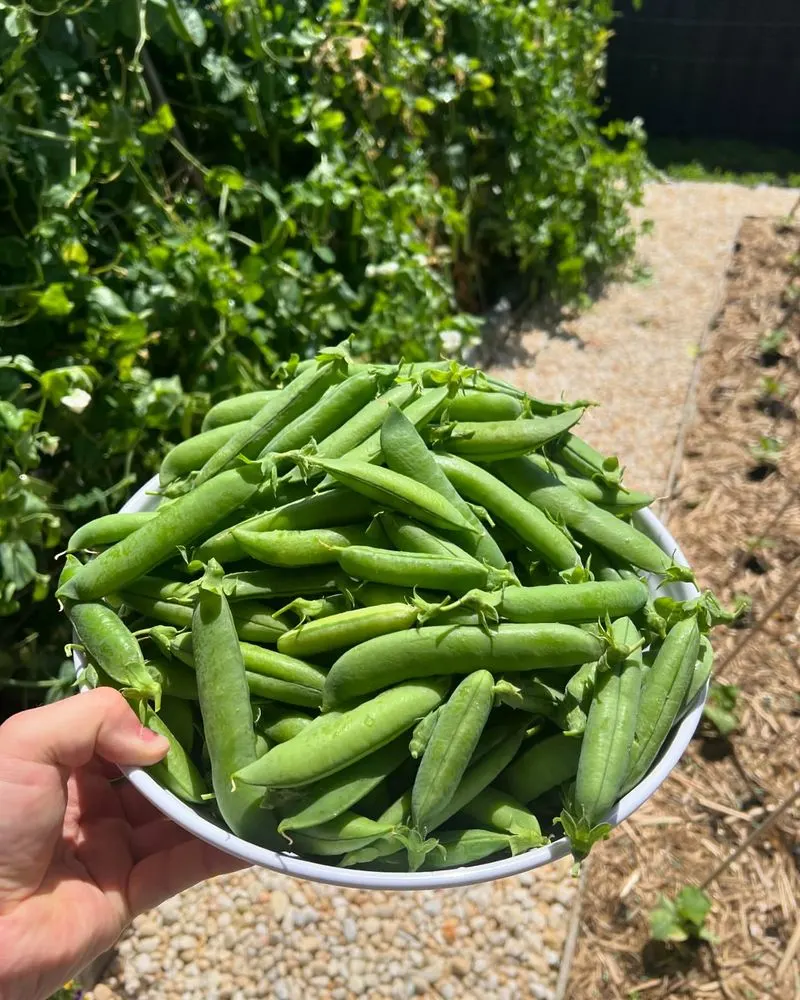
Peas, though beneficial to soil through nitrogen fixation, can entangle with cucumbers due to their climbing nature. This can lead to a battle for space and support, compromising the growth of both plants. Additionally, the dense foliage of peas can overshadow cucumbers, limiting their access to sunlight. This shade can hinder photosynthesis, causing cucumbers to struggle. For optimal growth, consider growing peas and cucumbers separately. Using different trellises or sections in your garden can prevent competition and ensure that both plants have the space they need to flourish independently.
Pumpkins
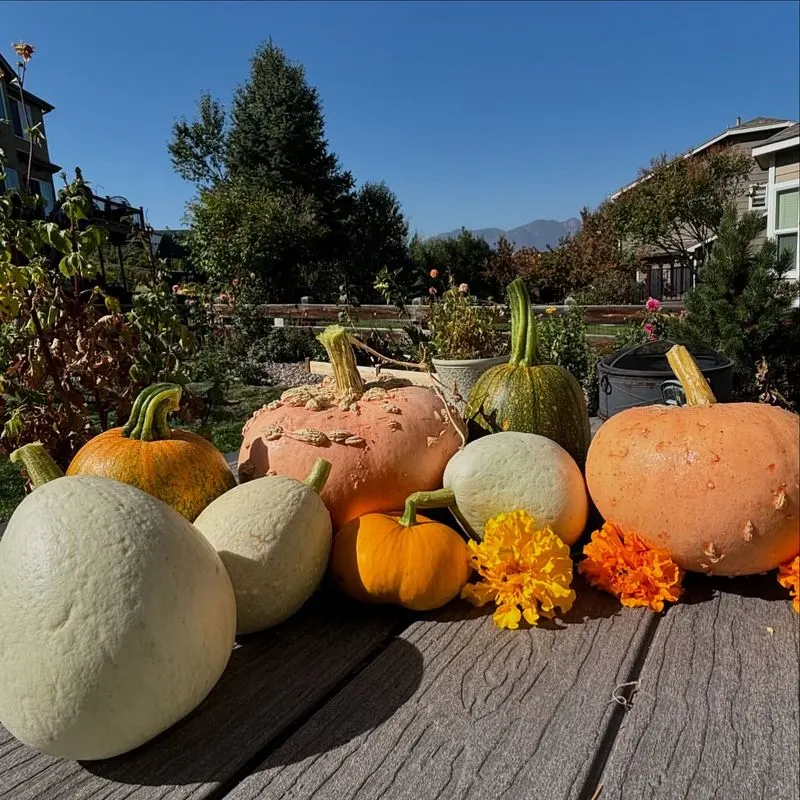
Pumpkins are known for their sprawling nature, which can easily overtake cucumber plants. Their large leaves can create too much shade, depriving cucumbers of essential sunlight. Both plants require similar nutrients, leading to competition that can stunt cucumber growth. This rivalry can result in fewer cucumbers and smaller pumpkins. To maximize your garden’s output, it’s wise to plant pumpkins and cucumbers in separate areas. This allows each to access the resources they need without interfering with each other’s development, ensuring a bountiful harvest for both.

